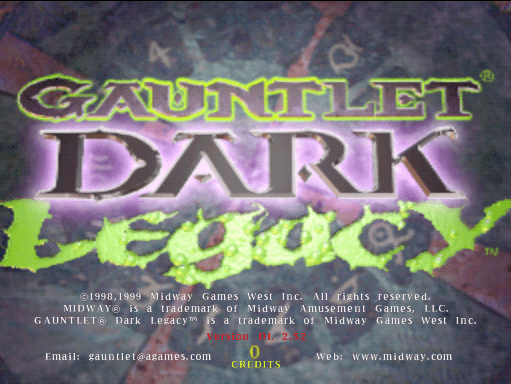The first real example of this I encountered was Link's Awakening DX, which was a remake of Link's Awakening that was specifically made for the Gameboy Color. In this game, they added a new dungeon appropriately named the Color Dungeon. As the name implies, most of the puzzles and enemies were focused around color. Turn all the switches red, knock the green enemy into the green hole, and kill the boss by hitting him until the turned red, which he was kind enough to even tell you himself. Most of these would be difficult or impossible to decipher in monochrome. This is why the entrance is guarded by two skeletons who won't let you in unless you can tell them the color of their clothes. Completing this dungeon rewards you with the choice of red clothes, which doubles your damage dealt, or blue clothes that halve the damage you take. What I find interesting, is that if you walk up to the skeleton guards while playing on an old Gameboy, they will tell you to go away, without giving you the option to even guess which is wearing red or blue. It also bothers me, that the boss is defeated by turning him red, which you do by hitting him a lot, which you don't need color to do.
One of the puzzles in the dungeon that would be hard without color.
Just for kicks, here's the boss from the dungeon. The first 15 seconds is an intro, but give the first 15 seconds of actual video a try. I enjoy how the boss tells you how to beat him, and how the color is fairly irrelevant.
The most recent encounter I've had with color meeting gameplay, was in Fable II when I finally decided to head into the Cursed Snow globe Downloadable Content(DLC). The world was devoid of color, except for my weapons. My sword glowed blue and my gun yellow, matching the colors normally associated with them in the game. I quickly bumped into a set of blue ghosts. Being a Magic (red) user, I blasted the ghosts for about five minutes before I gave up and used the matching blue sword. They quickly fell. You had to match the color you attacked with to the enemy. This culminated in a final battle of sorts where all three types attacked me at once and I was forced to swap my weapons quickly. After that, color returned to the world as normal.
The Snow globe world and it's blue denizens.
Even when color is not so strictly matched to gameplay, color is still often used to convey information quickly. A classic example is if an enemy's name appears in red, it is hostile. For the most part this would seem a fine way to add a little more to the gaming experience, or chop the amount of information the Interface needs to display. There's just one problem though, some people are color blind.
The most common type of color blindness is Red-green, which Wikipedia tells me affects 7 to 10% of all males. That's a rather large portion of players, particularly when you add that it is more common in men, and men make up most of the gaming population. That means that out of ten players, one is likely to be unable to distinguish between the red hostile and the green friendly, taking a few more hits to the faceplate before it sinks in.
I'm a little more sensitive to this problem than most, not because I have color problems, but my Dad does. It made playing Gauntlet: Dark Legacy more interesting I will have to admit, namely because the red explosive barrels, the green poisonous barrels, and the brown treasure barrels all looked the same to him. After getting blown up, the game told him to "Shoot red barrels from a distance" and he had no idea what it was talking about. He then unleashed poisonous gas upon us all and when I told him not to shoot the green barrels he responded, "There's green barrels?" Given that we were a third of the way through the game already and he hadn't noticed, we decided that I would handle all barrel openings from then on.
How do you fix this problem? World of Warcraft has a colorblind mode where the hostile and friendly tags are shown in the tool tips. Dungeons and Dragons Online allows you to change the color of all the chat channels and damage texts, allowing you to customize them to colors you can more easily distinguish. Most games however, do nothing at all. It is only 10%, but it's a 10% that will greatly appreciate the extra effort on your part.
Barrel, Barrel on the wall... who is the brownest of you all?




I'd love for game designers to allow some kind of accommodation for color-deficient people like me. I noticed in your descriptions that there was an awful lot of red and green: for a red/green color deficiency (the most common type), that's the worst pairing of colors, but there are other color problems people have.
ReplyDeleteI'm not surprised that game developers "don't get it", because nobody else does either. Appliances, car controls, cell phone keypads -- you name it: they use color in ways that are useless to 10% of the male users. Take the bi-color LED used in appliances that shows either red or green (or yellow if you rapidly alternate between red and green): all three colors look the same to me, so it doesn't make a very good indicator. A lot of these color difficulties could be largely resolved simply by changing the saturation and/or brightness of the colors, so that even if I can't tell which barrels are green, I can distinguish the brighter ones.
If game developers were going to take accessibility more seriously, I'd rather they spend their effort on things like allowing play by users with limited dexterity, missing limbs, blindness, deafness.... But as I said above, many of the fixes to help with color problems are zero-cost: if such simple problems are being ignored, where's the hope that REAL problems will be addressed?